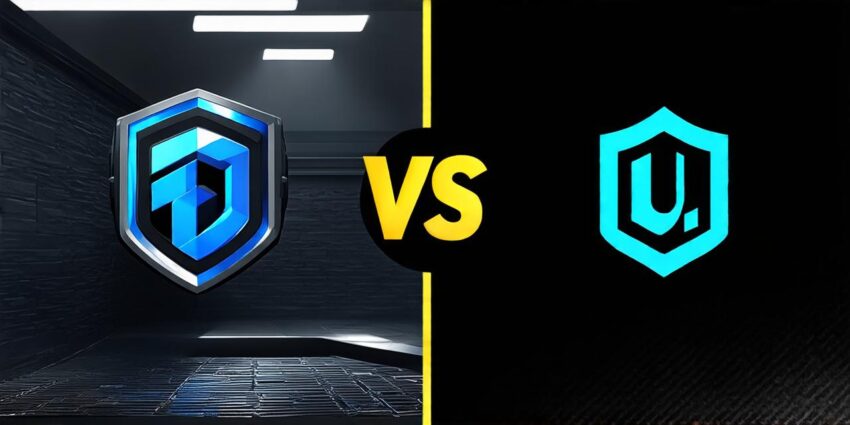
If you’re a game developer or designer looking for the best 3D engine to create immersive games, you’ve probably heard about both Unreal Engine and Unity. These two engines are incredibly popular in the industry, and they offer a lot of powerful features that allow developers to create stunning visuals and interactive experiences.
However, one question that often arises is which of these engines is superior? In this article, we’ll take a closer look at both engines and compare their strengths, weaknesses, and performance. We hope this analysis will help you make an informed decision about which engine is right for your needs.
Introduction
Unreal Engine and Unity are two of the most popular 3D game engines on the market today. Both engines offer a wide range of features that allow developers to create beautiful games with stunning visual effects and interactive experiences. However, there are some key differences between the two engines that can make one more suitable for certain types of projects than the other.
Unreal Engine Overview
Unreal Engine is a powerful 3D game engine developed by Epic Games. It was first released in 1998 and has since become a staple in the industry, with numerous successful games being built using this engine. Unreal Engine uses its own proprietary scripting language called Blueprints, which is designed to be user-friendly and accessible even for those without programming experience.
One of the key strengths of Unreal Engine is its visual quality. The engine uses physically based rendering (PBR) to achieve incredibly realistic lighting and materials, making it ideal for games that require high-quality graphics. Additionally, Unreal Engine offers a wide range of tools for creating 3D content, including a powerful modeling and animation system, as well as support for VR and AR development.
Weaknesses of Unreal Engine
Despite its strengths, Unreal Engine does have some weaknesses. One major issue is that it can be quite resource-intensive, which can make it difficult to run on lower-end hardware. Additionally, the Blueprint scripting language can be limiting for more complex programming tasks, and there is a steep learning curve for those who want to use the engine’s more advanced features.
Unity Overview
Unity is another popular 3D game engine that was first released in 2008. It was developed by Unity Technologies and has become one of the most widely used engines in the industry. Unlike Unreal Engine, Unity uses a C scripting language, which is more widely known and supported in the development community.
One of the key strengths of Unity is its versatility. The engine can be used for both 2D and 3D game development, as well as for creating interactive experiences like VR and AR apps. Additionally, Unity has a large and active community of developers who contribute to its open-source codebase, which means there are many free assets and tools available for use in your projects.
Weaknesses of Unity
While Unity is a powerful engine with many strengths, it does have some weaknesses as well. One major issue is that the engine can be less visually advanced than other engines like Unreal Engine, which can make it difficult to achieve certain effects and levels of realism. Additionally, Unity’s performance can suffer on lower-end hardware, which can be a problem for developers who want to target mobile or console platforms.
